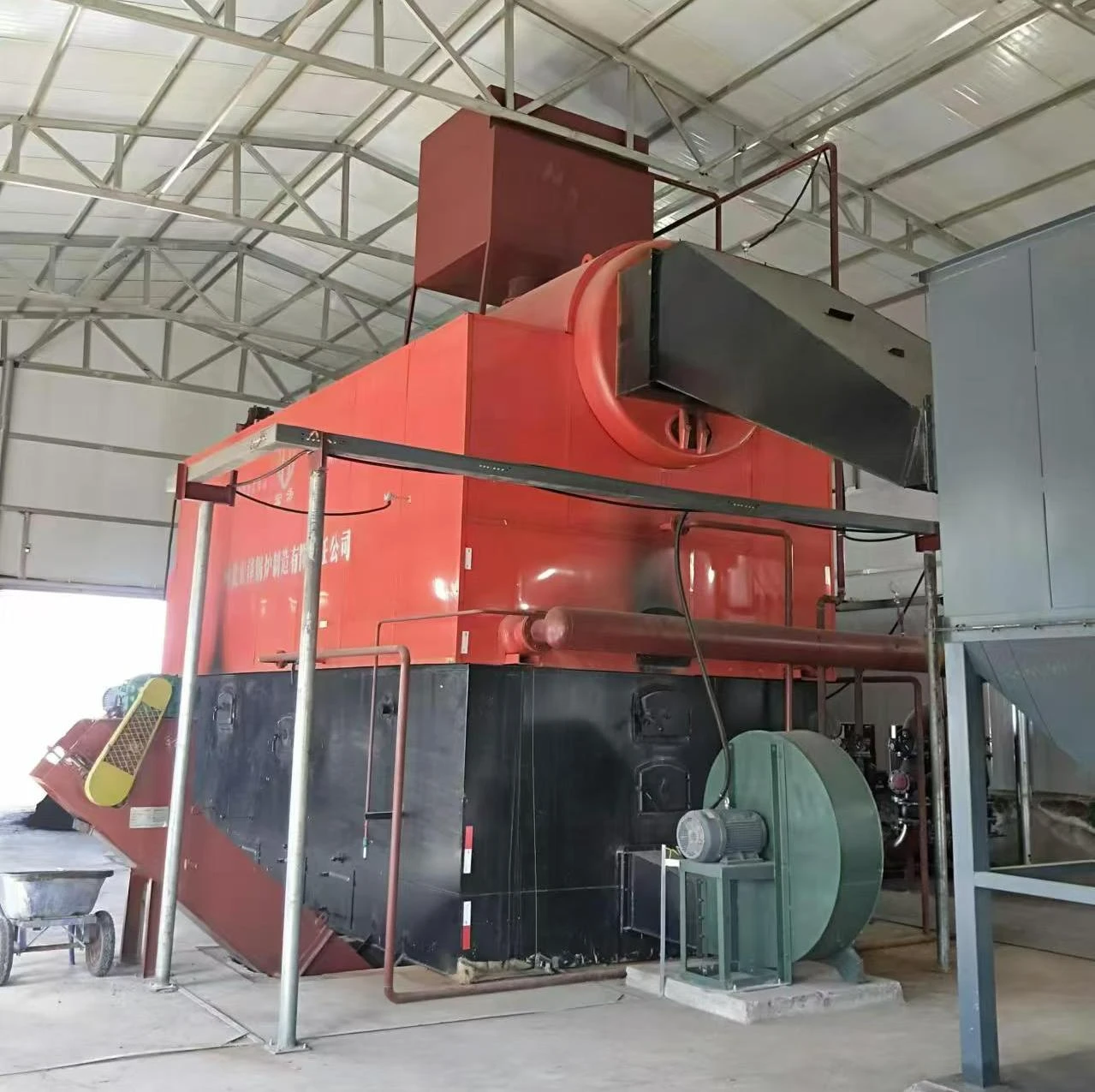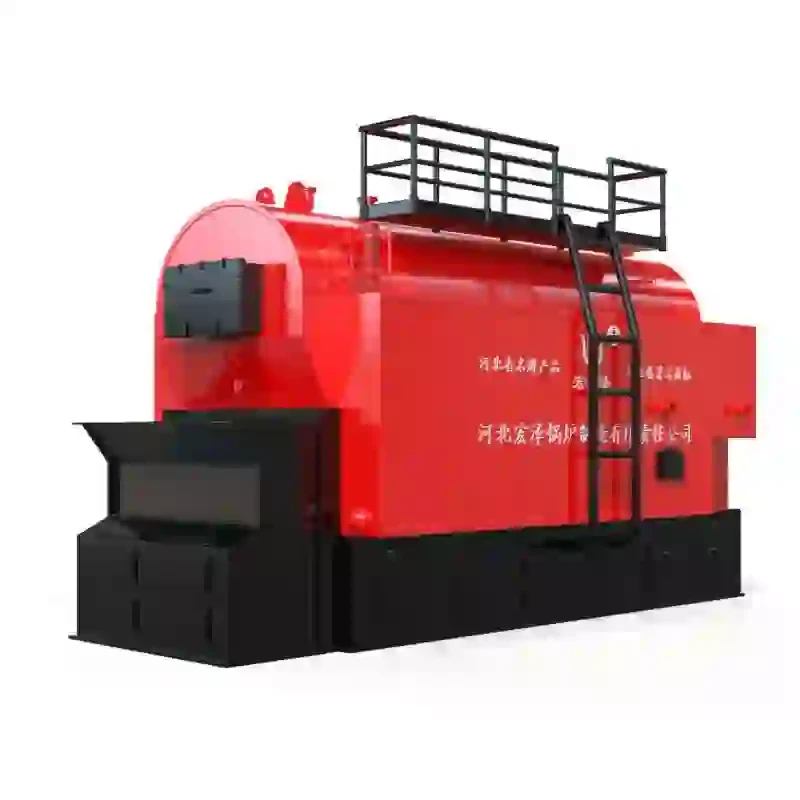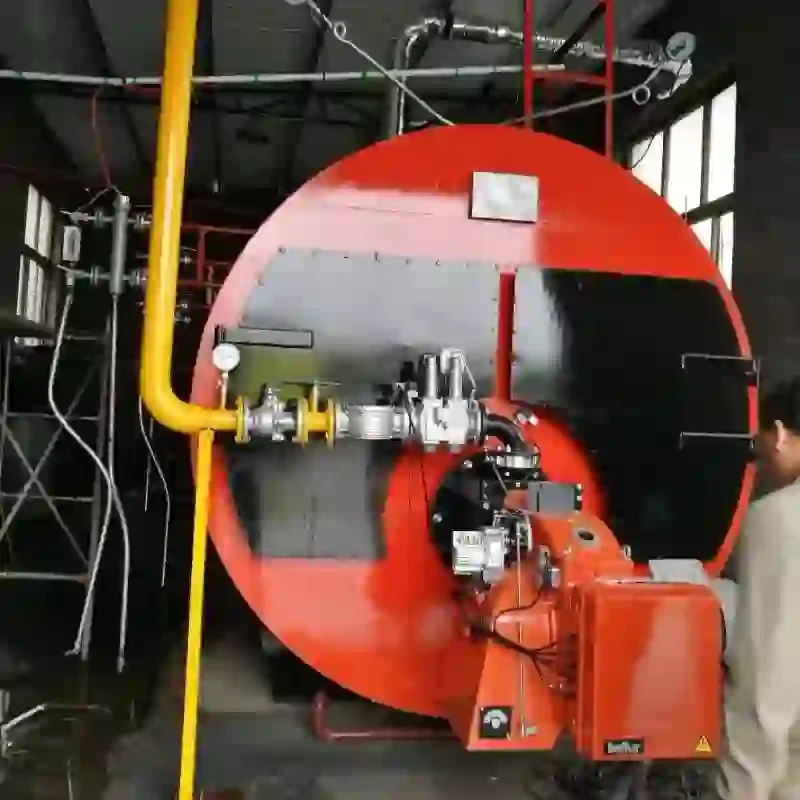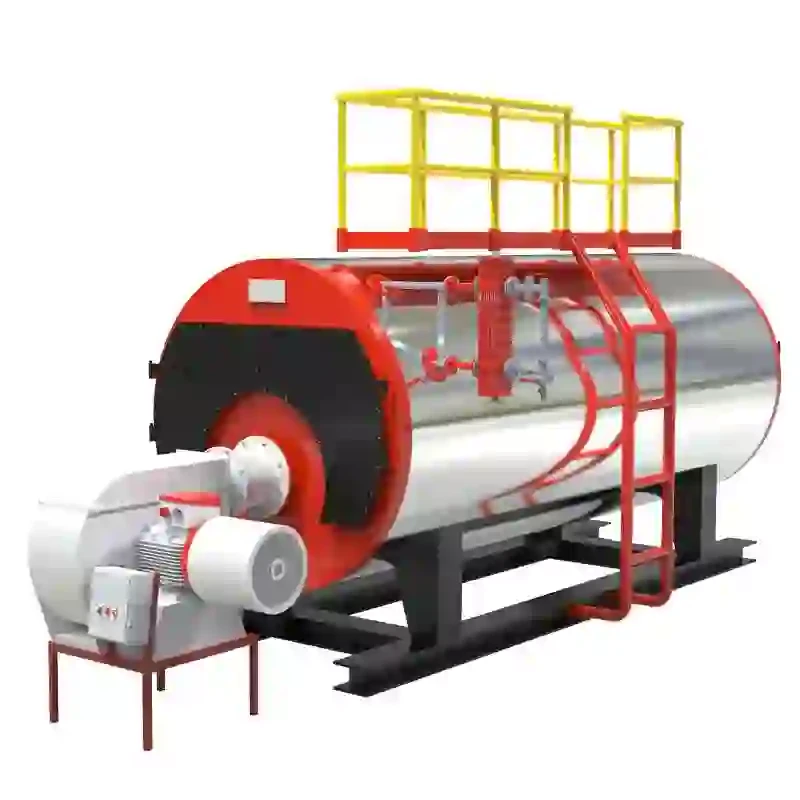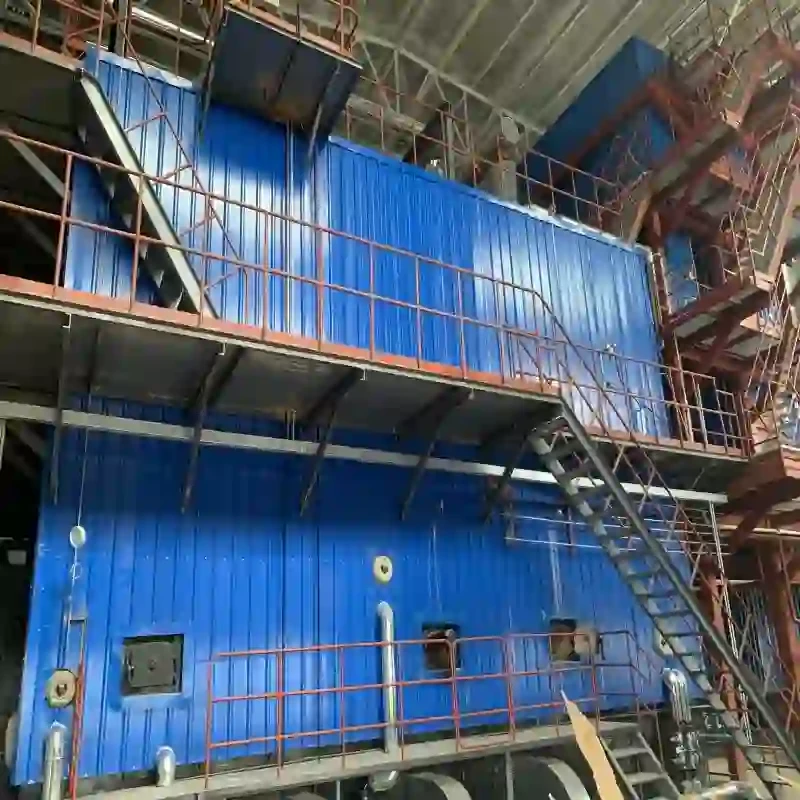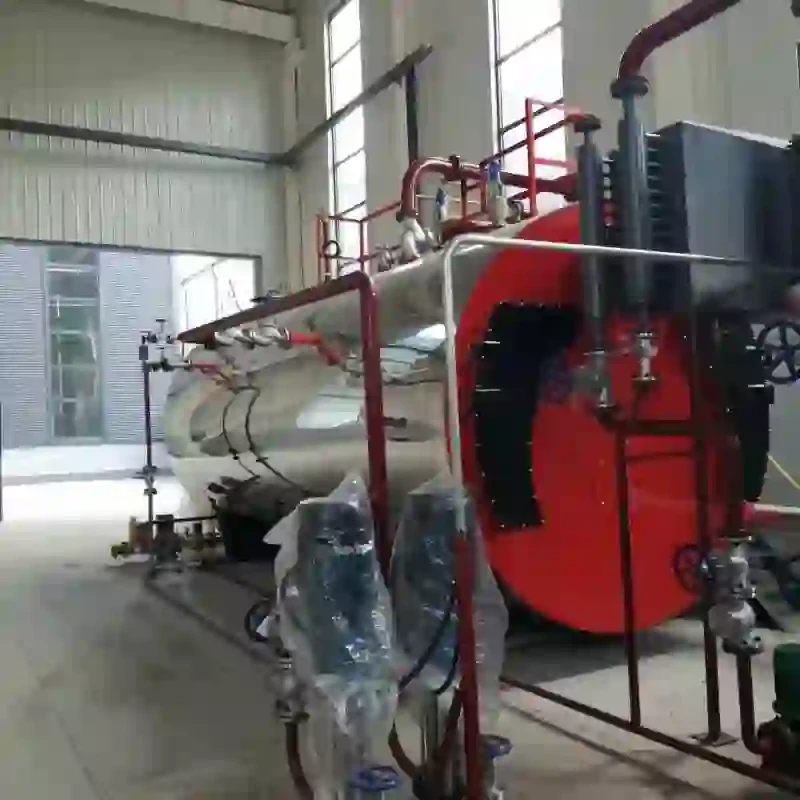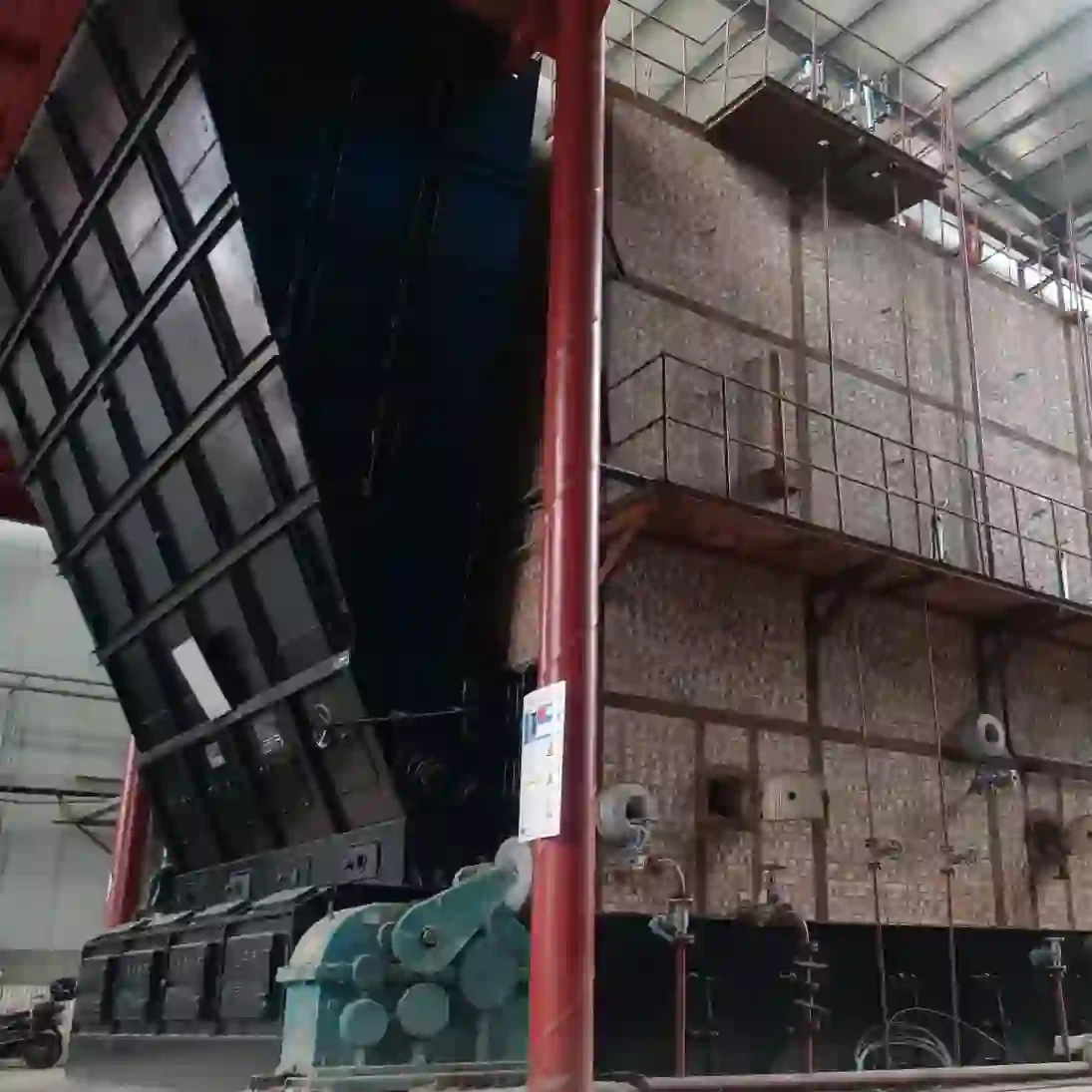
Nov . 21, 2025 16:30 Back to list
Comprehensive Guide to Wood Fired Steam Boiler Design – Efficiency, Applications, and Innovations
Why Wood Fired Steam Boiler Design Still Matters Globally
When you think about steam boilers, wood fired steam boiler design might not be the first thing that comes to mind. But in truth, this technology plays a quietly significant role worldwide — especially where access to reliable energy and sustainable heating solutions is crucial. Wood fired steam boilers leverage renewable biomass instead of fossil fuels, and that’s a pretty big plus in today’s global efforts to reduce carbon footprints and promote self-sufficiency.
Understanding wood fired steam boiler design means grasping how age-old combustion meets modern engineering, creating efficient, scalable systems that serve industry, agriculture, and humanitarian initiatives alike. In an era where energy security and sustainability rank high on global agendas, these boilers offer affordable and green alternatives particularly in remote or resource-limited regions.
Mini takeaway: Wood fired steam boilers bridge tradition and innovation, offering practical benefits in sustainability and global energy access.
The Big Picture: Wood Fired Steam Boiler Design in the Global Context
Energy consumption is responsible for roughly 60% of global greenhouse gas emissions (World Bank, 2023). While solar and wind grab headlines, biomass-based solutions like wood fired boilers quietly complement this shift by using local, renewable fuels. According to the International Energy Agency (IEA), biomass accounts for about 10% of total global primary energy supply, making it essential for many economies, especially in developing countries.
Yet, a challenge remains: many traditional wood fired boilers are inefficient, creating air pollution and wasting fuel. Modern wood fired steam boiler design aims to fix this by optimizing combustion, heat exchange, and emissions control. The goal? Reliable steam generation with minimal environmental impact and operational cost.
Consider rural industries in Southeast Asia or parts of Africa, where electricity grids are either unstable or non-existent. Wood fired boilers support rice mills, tea processing, and local heating systems — jobs depend on them. If you imagine a system that's both affordable and tailored to local wood types, that’s the impact of good design.
Mini takeaway: Wood fired steam boiler design addresses energy challenges in emerging markets by improving efficiency and sustainability, helping industries thrive where fossil fuels are scarce or costly.
What Exactly Is Wood Fired Steam Boiler Design?
Simply put: wood fired steam boiler design is the engineering and crafting of boilers that use wood as a fuel source to generate steam. This involves everything from the shape and materials of the firebox to the flow path of gases, water circulation, and exhaust treatment.
At its core, the concept relies on converting the chemical energy stored in wood into heat energy to convert water into steam under pressure. This steam then powers turbines, heats buildings, or supports industrial processes. It’s part old-world craft and part modern science — combining combustion dynamics, thermodynamics, and material durability.
These designs also reflect social and economic realities. In many places, wood is the most accessible fuel, so engineers focus on making these boilers safe, efficient, and compliant with international standards like ISO 9001 and ISO 14001, which govern quality and environmental management.
Mini takeaway: Wood fired steam boiler design is a multidisciplinary craft turning familiar natural resources into modern power and heat solutions.
Key Factors in Wood Fired Steam Boiler Design
1. Durability & Material Selection
Wood combustion involves unpredictable heat loads and corrosive gases. Engineers choose steel alloys and refractory materials capable of withstanding high temperatures and corrosion. Robust design means fewer breakdowns and lower maintenance — something plant managers swear by. You wouldn’t want your boiler out of commission during peak production season.
2. Combustion Efficiency
Maximizing how completely wood burns is both an art and a science. Proper air supply, firebox geometry, and fuel feeding mechanisms (like stoker or grate systems) directly influence fuel consumption and emissions. Efficient combustion means less smoke, less ash, and more usable steam — it just feels cleaner, frankly.
3. Scalability & Capacity
Design flexibility allows wood fired steam boilers to serve everything from small farms to big factories. It’s quite something to see how similar principles scale up or down with tweaks to size, water volume, and burner design. This adaptability keeps dozens of industries running.
4. Cost Efficiency
The price tag matters, especially in low-income regions. Effective design balances upfront investment with operating costs. Smart features like insulation, automatic control systems, or pellet fuel options offer good returns. Many consider the “total cost of ownership,” including fuel, maintenance, and lifespan.
5. Safety Features
Steam under pressure can be dangerous if mismanaged. Boiler design addresses safety through pressure relief valves, water level indicators, and fail-safes to prevent explosions or leaks.
Mini takeaway: The best wood fired steam boilers blend durable materials, efficient combustion, scalable sizes, cost-consciousness, and robust safety—all essential factors for optimal performance.
Global Applications & Inspiring Use Cases
Wood fired steam boilers find homes in a surprising range of settings. For example:
- Rural industries in India and Vietnam: Supporting tea and coffee drying processes, replacing diesel boilers.
- Africa’s agro-processing plants: Providing steam for crop drying and food packaging, often powered by locally sourced wood chips.
- Post-disaster relief efforts: Mobile or quickly deployable wood fired boilers assist in emergency heating or sanitation in camps, where fuel is naturally limited.
- Small-scale biomass district heating: In parts of Eastern Europe, wood fired steam boilers help heat multiple buildings, lowering dependency on coal and fostering green jobs.
One notable example is a rice mill in Cambodia that switched from kerosene to locally harvested wood fuel. The designed boiler configuration reduced fuel costs by 30% and emissions by nearly 25%, proving that smart design directly benefits users and the environment.
Mini takeaway: From emerging markets to emergency zones, wood fired steam boiler design serves critical heating and power needs with localized solutions.
Advantages & Long-Term Value of Wood Fired Steam Boilers
In real terms, these boilers bring:
- Cost savings: Wood can be cheaper or locally abundant versus fossil fuels.
- Environmental benefits: Carbon-neutral biomass use supports climate goals.
- Energy independence: Less reliance on imported fuels reduces vulnerability.
- Social impact: Creating local jobs in harvesting fuelwood and maintenance.
- Reliability: Many designs achieve decades of operation with proper care.
On a more human level, these benefits translate to energy access that empowers communities — warm homes, viable industries, safer workplaces. It’s fascinating how energy technology can simultaneously ease worries about money and the planet.
Mini takeaway: Wood fired steam boilers offer long-term economic, environmental, and social returns, contributing to sustainable development goals (SDGs).
Emerging Trends & Future Innovations
Looking ahead, innovations include:
- Integration with digital controls: IoT sensors optimize combustion in real time, improving efficiency and reporting maintenance needs.
- Enhanced emissions controls: Using catalytic converters or scrubbers to meet stricter air quality standards.
- Use of densified biomass fuels: Pellets and briquettes allow more consistent combustion and automated feeding.
- Hybrid systems: Combining wood fired steam boilers with solar thermal or electric backup for smoother operation.
- Modular boiler units: Allowing faster deployment and easier upgrading in demanding environments.
Adoption of such advances hints that wood fired steam boiler design won’t be just a relic but a dynamic, evolving field.
Mini takeaway: The future of wood fired steam boilers is digital, cleaner, and smarter, blending traditional biomass use with cutting-edge technology.
Common Challenges and How Experts Tackle Them
Challenges to watch for:
- Fuel variability: Wood quality and moisture affect combustion; engineers design adaptable fireboxes and drying mechanisms.
- Emissions and air pollution: Proper draft control and exhaust treatment are critical.
- Maintenance requirements: Training local operators and designing easy access points minimize downtime.
- Scaling for different uses: Over or understating demand leads to inefficiencies; customized design is key.
Industry experts advise routine fuel analysis, modular system upgrades, and community training programs. For instance, including pre-treatment zones for wood or automated ash removers has become fairly standard in newer builds.
Mini takeaway: Most challenges stem from fuel properties and operational practices — solutions lie in smart engineering combined with thoughtful user engagement.
FAQ: Wood Fired Steam Boiler Design
- Q1: How efficient are wood fired steam boilers compared to fossil fuel boilers?
- A1: High-quality wood fired boilers can reach efficiencies of 75-85%, which is comparable to many oil or gas systems when optimally designed. Efficiency depends heavily on fuel moisture, combustion air control, and heat exchanger design.
- Q2: What types of wood fuel can be used in these boilers?
- A2: Typically, raw wood logs, wood chips, pellets, and agricultural residues can be used. The boiler design must accommodate fuel size and moisture to ensure effective combustion and reduced emissions.
- Q3: Are wood fired steam boilers environmentally friendly?
- A3: Generally yes — when sustainably sourced, wood is considered carbon-neutral because its CO₂ emissions are balanced by regrowth. However, ensuring clean combustion and proper ash disposal is essential to minimize pollution.
- Q4: Can these boilers operate in remote areas without electrical grid access?
- A4: Absolutely. Many models use manual or mechanically simple feeding and control systems, ensuring operation without grid power. Some modern versions include solar-powered sensors for monitoring.
- Q5: What maintenance is typically required for a wood fired steam boiler?
- A5: Routine tasks include cleaning ash, inspecting refractory linings, checking water levels and pressure safety valves. Regular fuel quality checks help maintain combustion efficiency.
Comparing Leading Wood Fired Steam Boiler Providers
| Vendor | Boiler Types | Efficiency Range | Emissions Control | Typical Capacity (tons/hr) | Price Range (USD) |
|---|---|---|---|---|---|
| HZSteam Co. | Fire Tube, Water Tube | 78-85% | Electrostatic Precipitator | 0.5 - 10 | 20,000 - 150,000 |
| BioFire Systems | Water Tube, Stoker | 80-88% | Baghouse Filters | 1 - 15 | 30,000 - 200,000 |
| EcoBoiler Tech | Fire Tube, Pellet Fuel | 75-82% | Catalytic Converters | 0.2 - 5 | 15,000 - 100,000 |
Typical Specifications for a Mid-Range Wood Fired Steam Boiler
| Specification | Detail |
|---|---|
| Model | HZSteam WF-5 |
| Rated Steam Output | 5 tons/hour |
| Fuel Type | Wood Logs / Chips (Moisture ≤ 25%) |
| Efficiency | 80% |
| Boiler Pressure | 10 bar (145 psi) |
| Fuel Consumption | ~1.8 tons/hour |
| Fuel Feeding | Manual with optional stoker automation |
| Emissions Controls | Electrostatic Precipitator, Chimney Draft Regulator |
| Dimensions (LxWxH) | 3m x 1.5m x 2.0m |
| Weight | 2,300 kg |
Final Thoughts: Why Investing in Wood Fired Steam Boiler Design Is Worth It
To sum it up, wood fired steam boiler design isn’t just about burning wood to make steam — it’s about creating energy solutions that honor nature, empower communities, and navigate practical limits with elegance. As you’ve probably gathered, it’s a balance of durability, cost, safety, and clever engineering that makes these boilers stand out in many corners of the world.
For businesses and organizations looking into boiler options, understanding design details can unlock operational efficiencies and social benefits. If you’re curious to explore your options or want tailored solutions, don’t hesitate to check out the expertise shared at wood fired steam boiler design. They really know their stuff.
Because sometimes powerful technology comes wrapped in simple, old-fashioned heat.
References:
-
Comprehensive Guide to Steam Boiler Installation Diagram – Global Best Practices and Future Trends
NewsNov.24,2025
-
A Practical Guide to the Selection of Steam Boiler for Industrial Efficiency
NewsNov.23,2025
-
Comprehensive Guide to Steam Boiler PDF Manuals and Their Global Impact
NewsNov.22,2025
-
Discover How Steam Boiler Videos Improve Industrial Training & Safety
NewsNov.22,2025
-
Comprehensive Guide to Steam Boiler Working – Efficiency & Applications
NewsNov.20,2025
Related PRODUCTS






